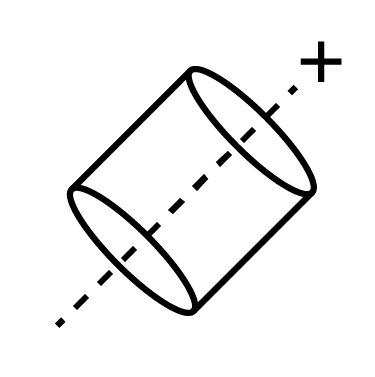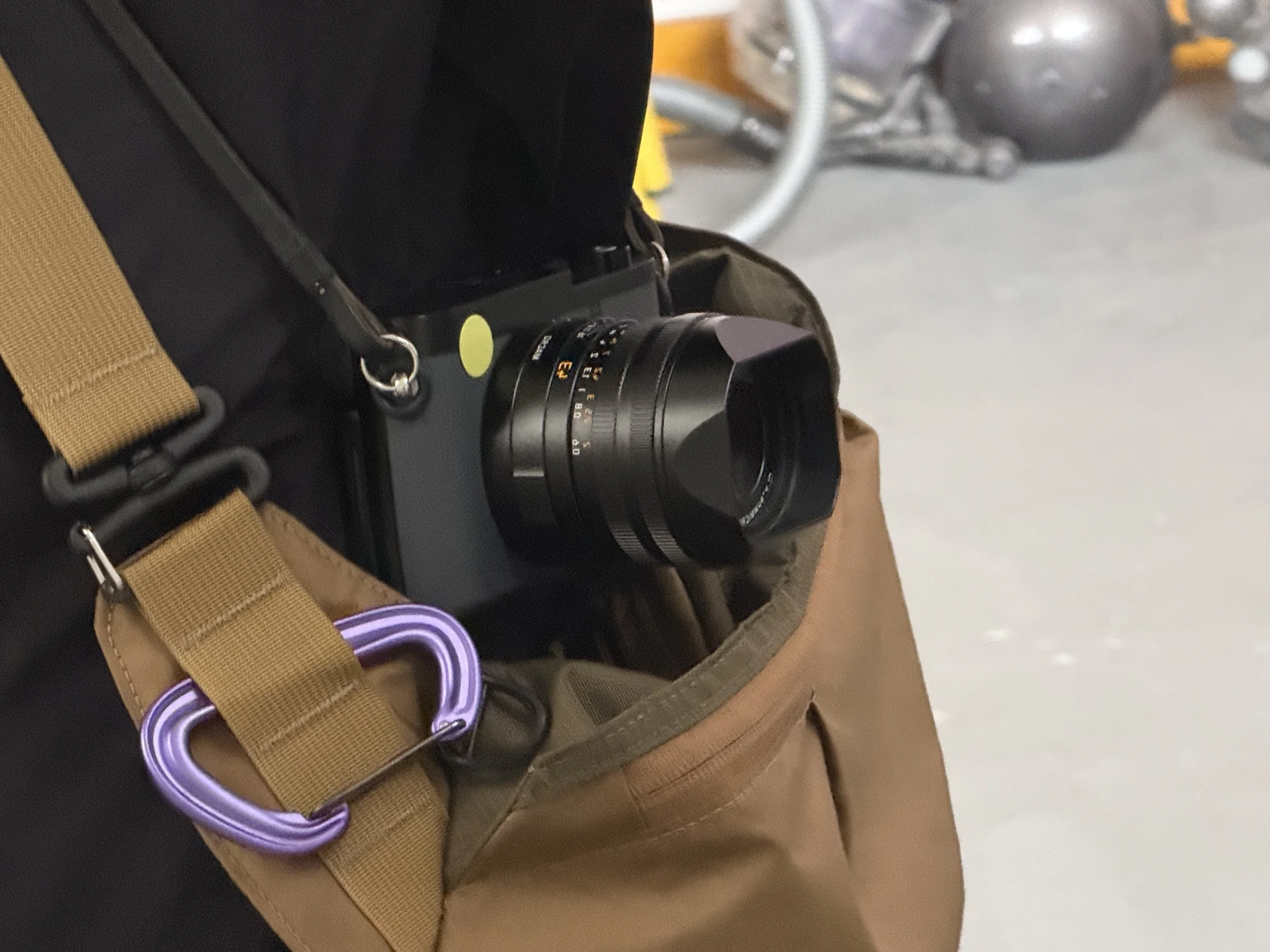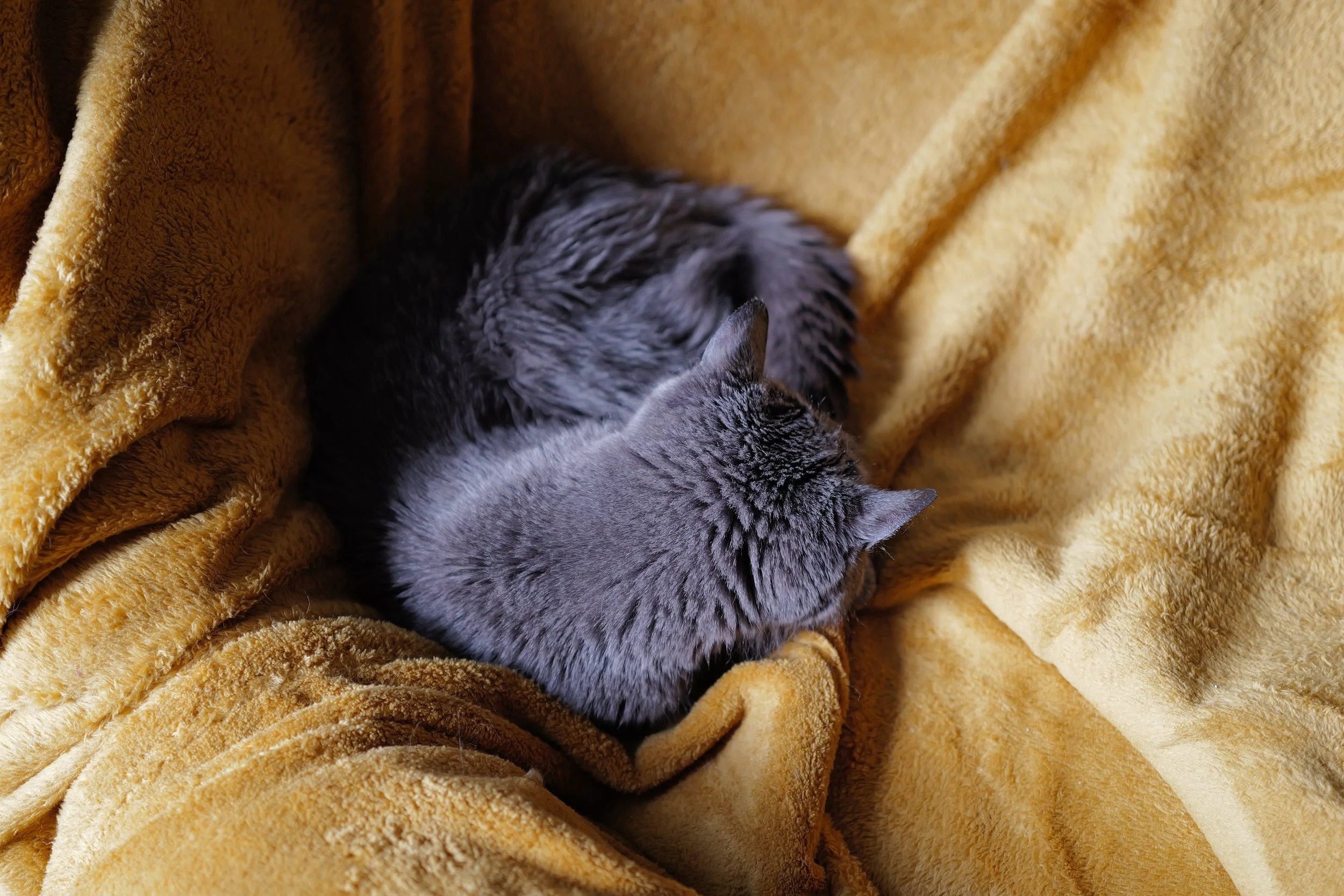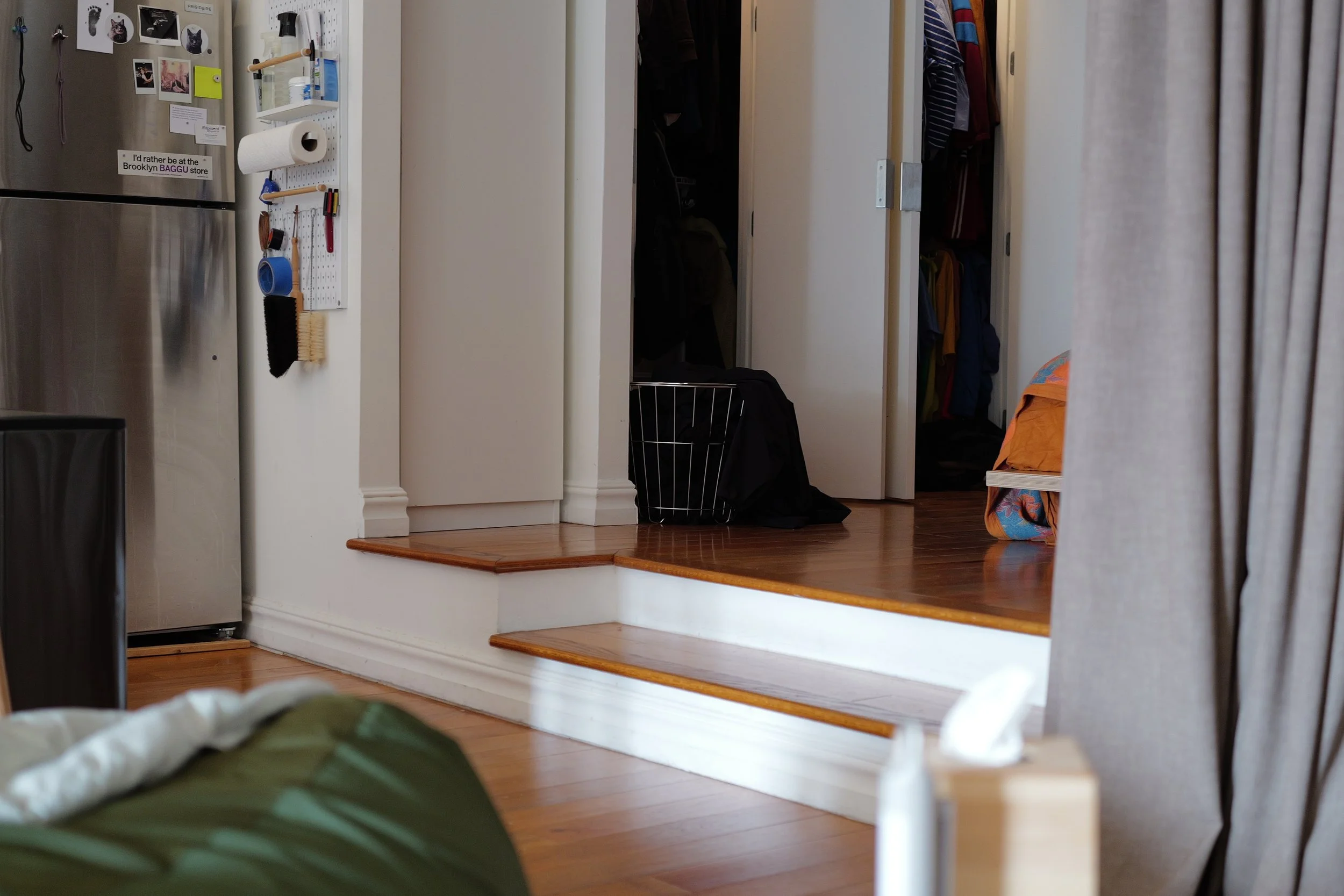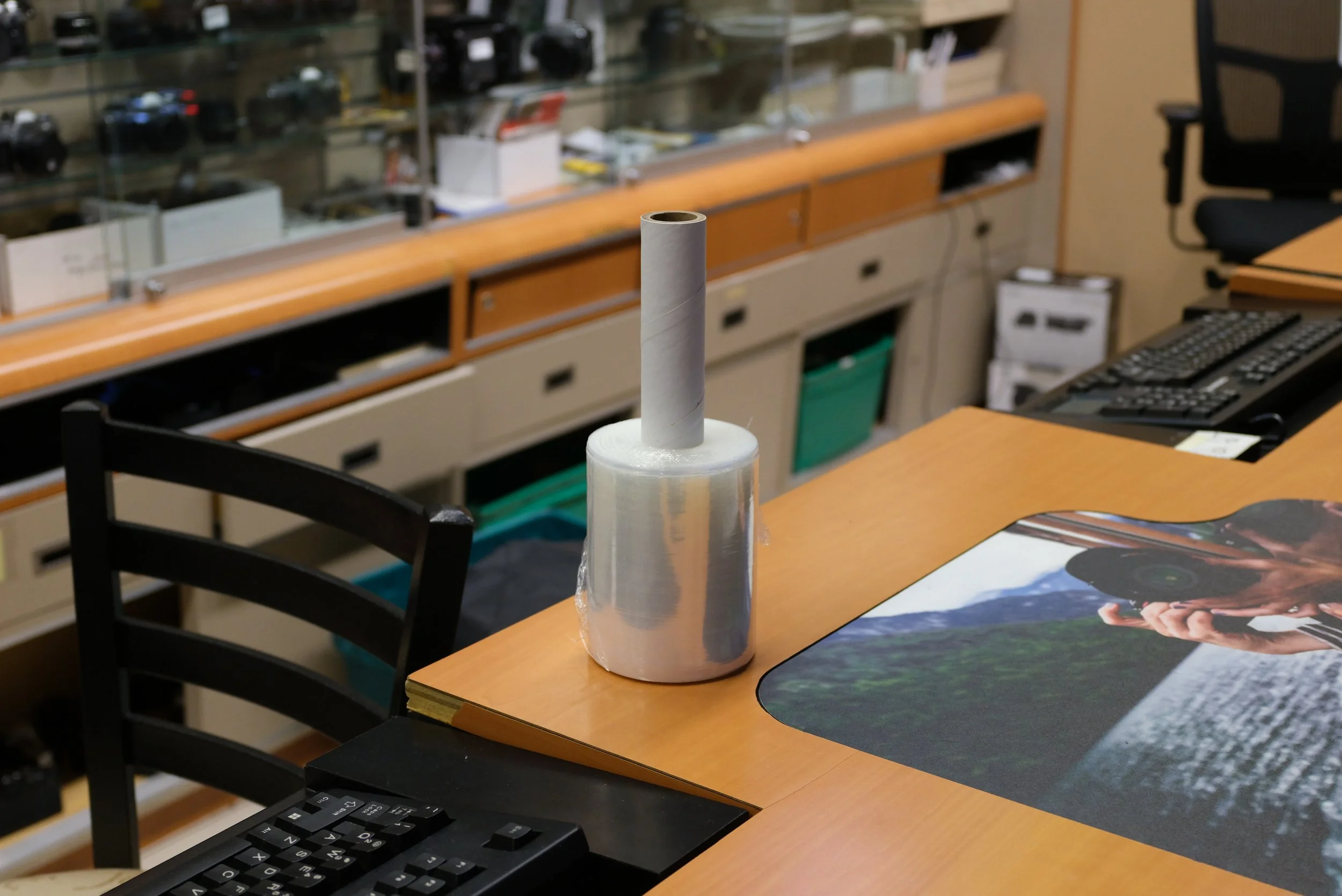Leica Q3 / Q3 43 / GFX 100 RF
This camera review article is written by AI with some commentaries from me and my photos.
I’ve spent a good amount of time with the Leica Q3, Q3 43, and Fujifilm’s GFX100RF, and while they all technically fall into the “compact high-res fixed-lens” category, they couldn’t feel more different in character and purpose.
Image quality and sensor character
The Q3 and Q3 43 share the same 60MP full-frame BSI CMOS sensor — Leica’s “Triple Resolution” setup that lets you shoot at 60, 36, or 18MP. It’s an excellent sensor: clean files, smooth tonality, and that signature Leica color rendering that somehow feels more analog than digital. The high-ISO performance is great for a 60MP sensor, and the images have that distinct Leica “pop” that’s hard to quantify but easy to see.
The GFX100RF plays in another league. It’s packing a 102MP medium-format sensor that simply crushes full-frame when it comes to resolving power and tonal depth. Files from the Fuji look richer, smoother, and have more separation between planes of focus. It’s the kind of sensor that makes you want to print big just to see what it can really do. But it also comes with the usual medium-format quirks: slower AF, heavier RAW files, and a slightly more deliberate shooting pace.
Lens and field of view
This is where the two Leicas split paths.
The Q3 has its 28mm f/1.7 Summilux — classic wide-angle Leica glass. It’s fast, sharp, and renders beautifully. Perfect for street, architecture, and travel — anything where you want to include a sense of place.
The Q3 43 switches that for a 43mm f/2 APO-Summicron. Same body, same sensor, but a completely different personality. The 43mm feels far more natural, closer to how the eye sees. It’s better for portraits, tighter storytelling, and general photography where the 28mm’s width can sometimes feel too detached. It’s basically Leica acknowledging that not everyone lives life at 28mm.
The GFX100RF lands roughly around a 28mm full-frame equivalent. The lens is designed specifically for that huge sensor, so sharpness and micro-contrast are impeccable, but you’re dealing with an f/4 aperture, meaning less subject separation unless you’re close. It’s not a low-light monster, but it’s extremely clean and clinical — perfect for anyone chasing technical perfection.
Autofocus and stabilization
Leica’s AF system on the Q3 and Q3 43 is actually very solid — hybrid phase and contrast with a bit of AI smarts sprinkled in. It’s fast enough for street work and very accurate, but don’t expect Sony-level tracking. It’s more “precise German engineer” than “sports shooter.”
The GFX100RF has come a long way compared to earlier GFX models. It’s snappy for a medium-format camera, but it still feels a bit slower and more deliberate than the Leicas. Both systems handle stills beautifully; neither is designed for action or fast-moving subjects.
As for stabilization — Leica relies on its lens design and leaf shutter smoothness; no true IBIS here. The Fuji sometimes offers IBIS in its line, but the RF model doesn’t (at least not as of early reviews), so handheld shooting in low light requires a steady hand or a tripod.
Video capability
Leica surprised me here — the Q3 (and 43) shoot up to 8K/30p with full 10-bit options. It’s impressive on paper, and the footage looks very clean, though Leica’s video AF still trails behind Sony and Canon. It’s clearly a photo-first camera that happens to do video well enough.
The GFX100RF can also handle video, typically up to 4K/60, but it’s again very much a stills-focused camera. If you’re looking to shoot serious motion, these cameras can deliver, but they’re not built with filmmakers in mind.
Handling and feel
The Q3 and Q3 43 both have that classic Leica minimalism — clean lines, full metal, tactile dials, and that dense, reassuring feel that screams precision. They’re compact for full-frame and actually easy to carry all day. The 43mm version adds a slightly different lens shape and weight balance, but ergonomically, they’re identical.
The GFX100RF, on the other hand, is still small for a medium format, but definitely chunkier than the Leicas. Fuji’s ergonomics are solid — well-placed dials, deep grip, beautiful EVF — but it’s not the same kind of “slip it in your jacket” experience. It’s more like a professional field tool.
Price and positioning
None of these are cheap. The Leica Q3 is already a luxury purchase, and the Q3 43 sits above it in price for what is essentially the same body with a different (though fantastic) lens. You’re paying for Leica’s design philosophy as much as the image quality.
The Fujifilm GFX100RF, while expensive, actually feels like a better technical value — you’re getting a true medium-format 102MP sensor for less money than the Leica Q3 43. But it’s a different kind of experience. It’s about precision and resolution, not soul or immediacy.
Q3 Test 1
Using only 50mm crop mode (*This is because I am used to this focal length with my M10p + 50 Summilux)
Q3 Test 2
More 50mm crop images (*I just prefer this focal length)
Q3 Test 3
Finally using the full 28mm focal length. It was challenging to compose in this focal length for me personally but I had some fun trying to get some of these shots.
Bokah between the Leica Q3 43 and Fujifilm GFX 100RF
B&H had both the cameras available used so I went there and compared how the depth of field looks between the two cameras before making my final decision on the Q3 43. I think I prefer the color and depth of field rendering of the Leica.
Leica Q3 43
Fujifilm GFX 100 RF
My conclusion
If I had to summarize:
Leica Q3: The wide, spontaneous, soulful one. Perfect for travel, street, and architecture.
Leica Q3 43: The more natural, human version of the Q3 — same Leica DNA, just more versatile for portraits and daily shooting.
Fujifilm GFX100RF: The analytical beast — ultimate detail, dynamic range, and medium-format character for those who shoot slower, print big, or want absolute image quality above all else.
Personally, the Q3 43 hits the sweet spot for me — same Leica magic, better perspective for everyday use, and that APO Summicron rendering that feels timeless.
The Fuji impresses me technically, but the Leica still has something the others don’t — that elusive “soul” in every frame.
*Photos are taken by me but some of the copy and thoughts are written by AI(ChatGPT).
Here are my actual thoughts:
There are times when I need to capture a moment using just one hand, Q3 43 with autofocus makes that much easier and more convenient. This was the main reason I ended up getting the Q3 43. I think the Leica Q series cameras somewhat has no soul compared to my Leica M. I much prefer taking photos with my M10p but it’s quite heavy and cumbersome to carry around sometimes hence why I ended up with a Q3 43.
